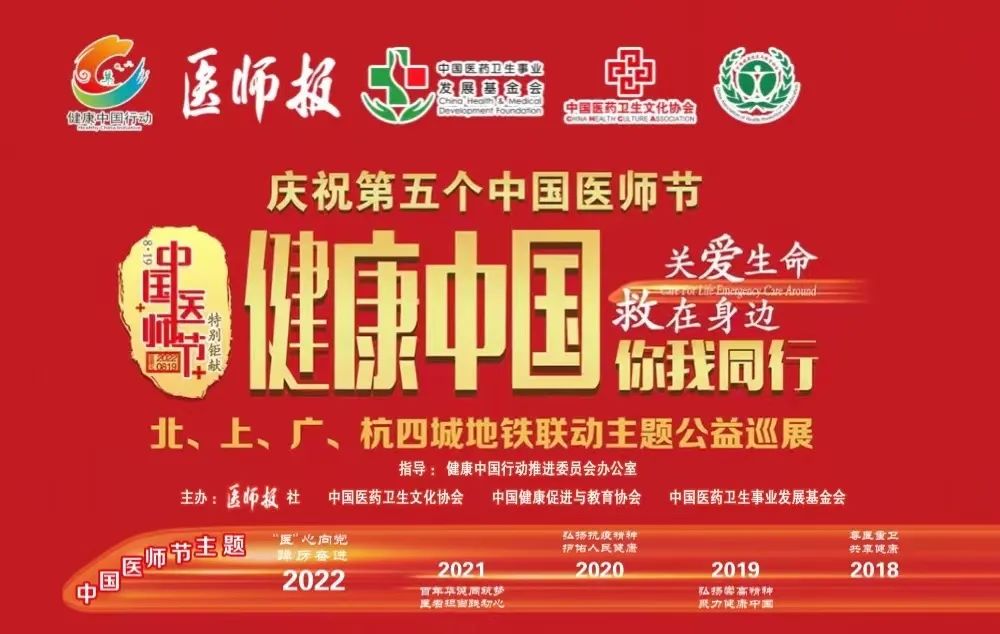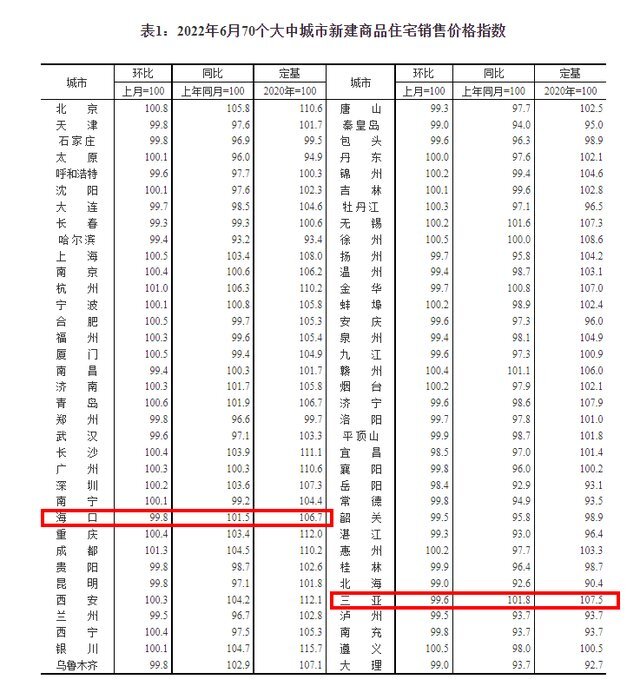From "old confusion" to "disease", where is the path of healing?
Author:Medical newspaper Time:2022.09.27

Physician News (Rong Media Reporter Liu Zibo) Hundreds of years ago, patients with Alzheimer's disease were cursed as "lunatic" or "witch" with the devil's possession of the devil. Until 200 years ago, the development of psychiatry and the progress of scientific research methods such as microscope allowed people to gradually understand this disease and began to find the root cause of the disease.
In 1906, the German doctor Alzheimer found a pathological examination for the patient's brain tissue specimen for the patients who received the patient's brain tissue. The clinical characteristics of short -term memory lack of memory are named Alzheimer's disease.
Since Alzheimer's first patients with Alzheimer's disease, the number of Alzheimer's patients diagnosed around the world has gradually increased. Researchers have never stopped exploring Alzheimer's disease, but the effect is not ideal. What is caused by Alzheimer's disease? How to prevent it? The "Medical Daily" invited Professor Xie Hengge of the PLA Second Medical Center and Professor Sun Yongan, the First Hospital of Peking University, to interpret the scientific research progress and prevention of Alzheimer's disease.
Twist -to -medical research road
With the development of medical technology, scientific researchers have gradually launched an inquiry of Alzheimer's etiology. β amyloid protein hypotheses, choline hypothesis, TAU protein abnormal phosphate hypothesis, neuritis hypothesis, metal ion disorders, etc. were born. Among them, the most far -reaching influence on the treatment of Alzheimer's treatment is β amyloid protein.
Despite many hypothesis, Alzheimer's Drug Research has invested huge energy and financial resources, but the success rate of Alzheimer's drug development for decades is worrying. According to the 2018 report of the American Drug Production and R & D Association, from 1998 to 2017, the R & D and treatment of Alzheimer's Drug T on to failed about 146 times, and only 4 new drugs were approved to treat the symptoms of the disease. This means that 37 studies have failed to develop a drug for Alzheimer's disease. Although pharmaceutical companies and researchers have invested a lot of time, energy and money in the R & D of Alzheimer's Diseases, they still fail more than success.
In July of this year, "Science" magazine published a news that Alzheimer's "foundation" paper was suspected of fraud. The paper was published in "Nature" magazine in 2006. The first author is researcher Silwan Rice, a researcher at the University of Minnesota. The protein subtype -Aβ*56 oligopoly, and believes that this substance may cause young experimental mouse dementia, which further provides evidence for Aβ is the cause of Alzheimer's disease.
This news is undoubtedly a pot of "cold water" for Alzheimer's research. Some researchers say that the most direct and obvious damage is a waste of funds from the National Institute of Health and research thinking in the field -researchers take these results as the starting point of their experiments. The worst impact may be that the world's research on Alzheimer's disease has been misleading.
However, Professor Sun Yongan told reporters that this questioned paper cannot still shake the current mainstream position of β amyloid protein hypothesis. This paper involves only a protein of Aβ56, and does not affect other widespread proteins. Even if the thesis confirms fraud, the impact on related research is limited. At present, the mainstream view of the academic community for Alzheimer's pathogenesis is still β amyloid protein hypothesis. Aβ42 is the substance that plays a fundamental role in the onset of AD. In this regard, β amyloid -like protein deposition is still an important pathological symbol of Alzheimer's disease, and it is the cause of neuroteric degeneration.
At present, the papers have not been concluded by the coffin, and the "Nature" magazine is still under investigation.
Identification is the primary part of Alzheimer's treatment
In recent years, my country's aging level has further deepened. As the most important type of Alzheimer's dementia, Alzheimer's disease has a great impact on the health and quality of life of the elderly. According to the data released by the National Health and Health Commission, there are about 15 million dementia patients in the age of 60 and above in my country, of which 10 million are Alzheimer's patients. Essence Because Alzheimer's disease is common in the elderly, many people have the number of Alzheimer's disease and dementia. Elderly dementia eliminates the elderly dementia -Alzheimer's disease, as well as other types of temporal lobe dementia, Louis dementia, dementia caused by hydrocephalus, and cerebrovascular dementia.
Not only that, the public still has a lot of mistakes in dementia. According to the results of the survey, in terms of dementia recognition, we can correctly understand that "dementia is the only reason for the loss of memory of the elderly" "Although the elderly have changed their personalities, the memory is completely normal, so it is impossible to be dementia." However, it is clear that when you are young, it is impossible to be dementia. "The probability of misunderstanding is only 73.5%, 74.5%, and 74.9%, respectively.
"Identification of common disease is the first part of Alzheimer's treatment." Professor Xie Henge said that memory loss is one of the important clinical manifestations of Alzheimer's disease. When you are old, you should further investigate the patients. If patients take drugs that damage cognitive functions, they should guide patients to stop drugs or reduce dosage according to the actual situation and prevent reversible factors that cause cognitive damage. For the high -risk group of Alzheimer's disease, Professor Xie Hengge suggested that cognitive screening should be given regularly. On the one hand, the decline in gradual cognition is the key evidence of diagnosis of Alzheimer's disease. On the other hand It can be given timely intervention of risk factors, which can reduce the possibility of Alzheimer's disease. Early diagnosis or the key to the prevention and control of the disease prevention and control
In 1984, the National Institute of neuropathy and language obstacles and the Strole Institutes formulated and released Alzheimer's clinical diagnosis standards, becoming the "gold standard" of Alzheimer's diagnosis. This standard has been revised many times and is still in use.
However, Professor Sun Yongan told reporters that this standard emphasizes that "the degree of cognitive function damage must affect the patient's daily life ability and social activity function, and the diagnosis of Alzheimer's disease can be established." Patients in Zheimer's disease were diagnosed and intervened.
Alzheimer's disease is a mystery, and the development of drugs is not smooth. In the case of being unable to cure Alzheimer's disease, prevention strategies are essential. Professor Xie Hengge introduced the detection of biomarkers through Alzheimer's disease to achieve early detection of disease and auxiliary clinical diagnosis. Alzheimer's disease biomarkers include imaging markers, cerebrospinal fluid signs and blood markers. Imaging screening reflects the changes in neurodegeneration through MRI and FDG-PET, starch-PET, and TAU-PET respectively from the perspective of structure and function. In addition, the research on Alzheimer's blood perimeter signs has made great progress. The latest research shows that plasma logo phosphorylation P-TAU 181, phosphorylation P-TAU217, phosphorylation P-TAU231, GFAP, NFL and Aβ*42/40 have obviously obvious symptoms of disease symptoms before Alzheimer's disease symptoms occur. Change is expected to be applied to patients with Alzheimer's disease in the early stages of identification.
"If the onset time of Alzheimer's disease is delayed for 5 years, it can reduce the prevalence of his prevalence." Professor Sun Yongan said that the incubation period of Alzheimer's disease can be up to 20 years. Level prevention, effective early intervention, can effectively delay the disease process. The first level of prevention is mainly to delay the occurrence of Alzheimer's disease pathology and reduce the formation of Aβ*42 and the formation of fibrous entanglement; second -level prevention focuses on individuals who have evidence of Alzheimer's pathological evidence, delay the occurrence of cognitive damage. Reduce the burden of Aβ aggregation, and use anti-TAU or neural protection drugs at appropriate time to reduce neurodegeneration changes; the main goal of third-level prevention and treatment is to delay the occurrence and progress of dementia. Function, actively supplement neurotransmitters.
8 special lines in the north, Guangzhou -Hangzhou 4 places have been launched! The train will be equipped with 22 academicians including Academician Zhong Nanshan/Master of Chinese Medicine/National Medical Medicine, 145 Hospital Management Experts, and 1,582 medical elites of 1,220 public welfare tour posters. Passengers "intimate contact"! At the same time, the general poster video will cover 13,000 TVs on the subway and platforms on the 1st, 5th, 5th, 8th, 13th and Batong lines in Beijing, and the platform will be played many times a day. It is expected that the number of viewing will exceed 100 million!

Wonderful video retrospective of public welfare tour exhibition:
Tribute to Chinese Physician's Day · Health China, you and me.
Tribute to Chinese Physician's Day
Tribute to Chinese Physician's Day
Tribute to Chinese Physician's Day
Tribute to Chinese Physician's Day
Capture: Liu Zibo
Edit: Liu Zibo
- END -
Haikou and Sanya's new house prices dropped from the previous month in June 70

Commercial Daily All -Media (Coconut Network/Altitude journalist Wei Mingwei) Inte...
Sailing to the North Xinjiang · Welcome Twenty Congress · I am on the scene | Hi, my name is Chilin Belly!

Hi guys!My name is AkamakiEditor is a precious edible bacteriaMy face value is ...